Mold growth on walls is a common problem for homeowners across Ohio and the greater Midwest, especially in regions where seasonal humidity or basement dampness is prevalent. Knowing how to get rid of mold on walls is essential to maintain a healthy living environment and preserve the structural integrity of your home. Mold not only creates unsightly stains but also releases spores that can trigger allergic reactions, asthma, and respiratory issues. Addressing the problem promptly and correctly ensures that the mold is removed and does not return.
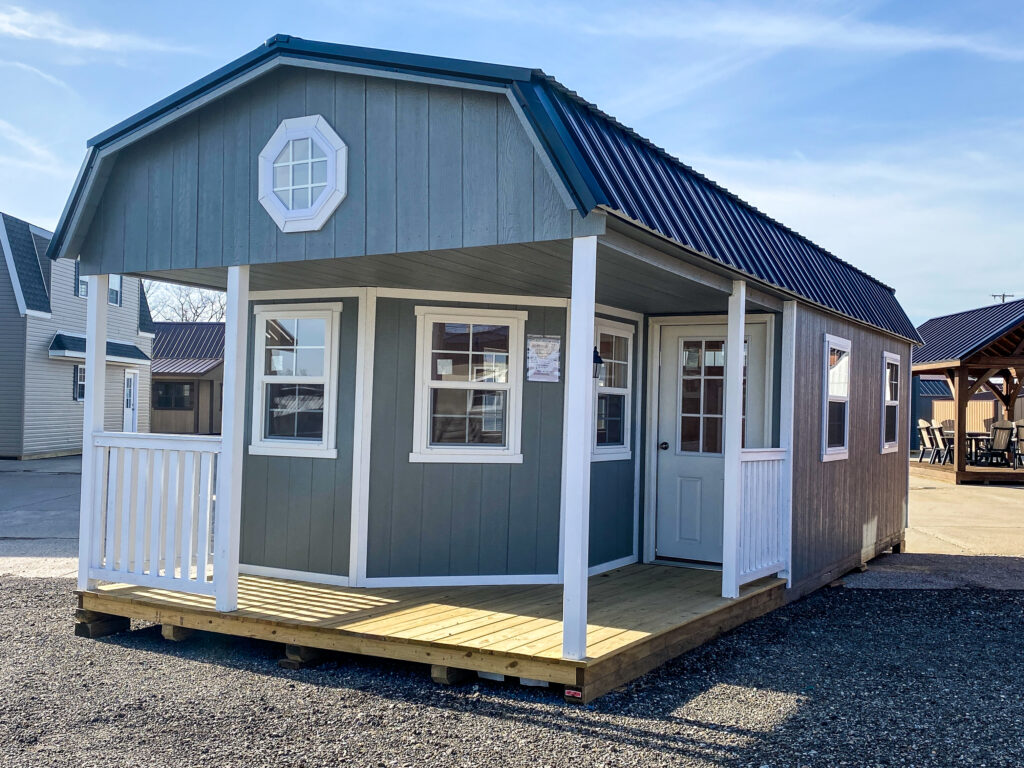
Understanding What Causes Mold on Walls
Before exploring how to get rid of mold on walls, it’s helpful to understand how it forms. Mold thrives in environments that are dark, moist, and poorly ventilated. Common areas for mold growth include basements, bathrooms, kitchens, and laundry rooms. Poor insulation, water leaks, and condensation often create the perfect storm for mold development. In colder climates like those in Ohio, condensation on walls during winter months can encourage mold to grow behind furniture, wallpaper, or within drywall layers.
Mold spores are microscopic and exist in almost every indoor and outdoor environment. They become a problem when they find the right conditions to settle and colonize. Recognizing early signs—such as musty odors, dark spots on walls, or paint bubbling—allows for faster intervention.
Evaluating the Severity of Mold Growth
Understanding how to get rid of mold on walls depends on evaluating how extensive the problem is. Small, isolated patches (typically less than 10 square feet) can usually be managed by the homeowner using appropriate safety measures. However, larger infestations may require professional remediation. The U.S. Environmental Protection Agency (EPA) offers clear guidance on mold cleanup and remediation for residential settings.
Always inspect both visible and hidden areas. Mold can often spread behind walls and under flooring, particularly in buildings with poor drainage or roof leaks. If your walls feel damp or show signs of warping, there may be underlying damage that needs attention before cleaning can begin.
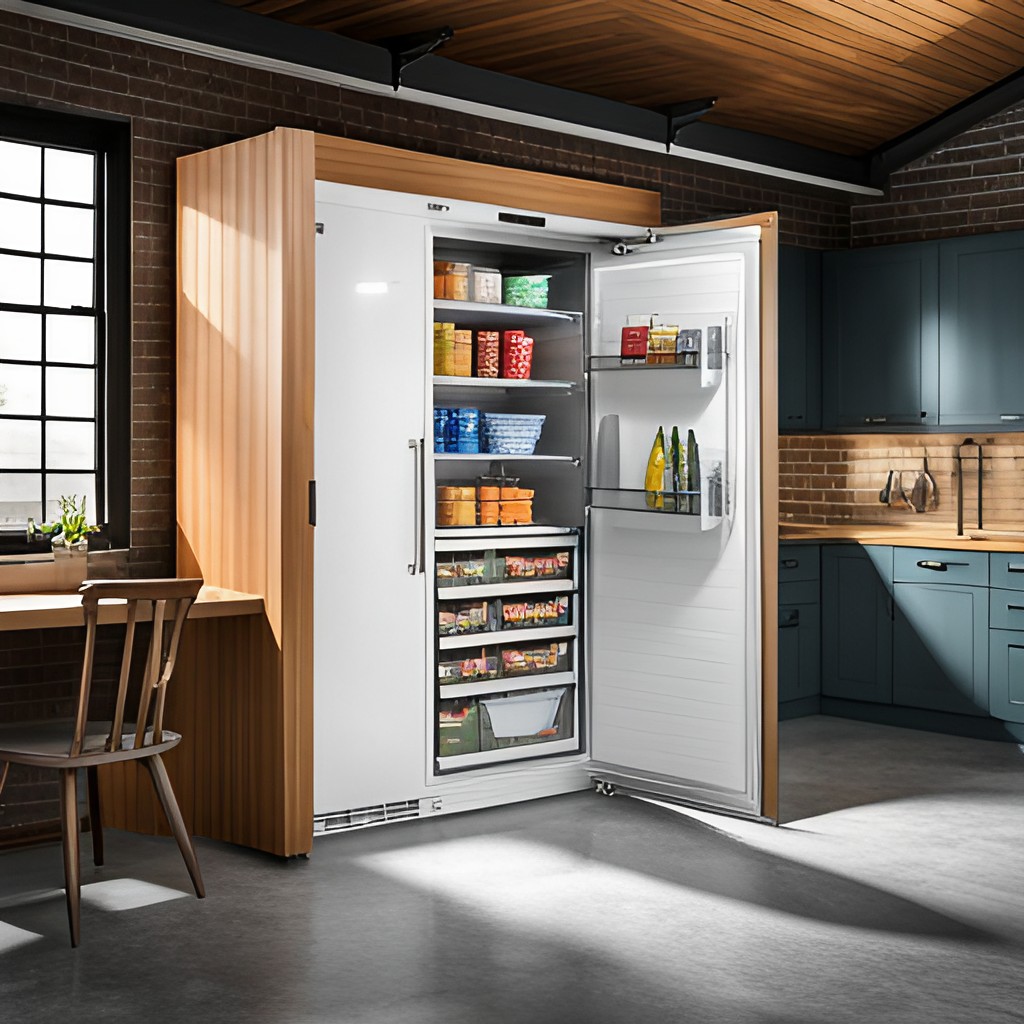
Preparing for Mold Removal
The process of how to get rid of mold on walls begins with preparation. Safety is key—mold exposure can cause health issues, especially for children, seniors, or anyone with respiratory problems. Before starting, wear protective gear including gloves, an N95 mask, goggles, and long sleeves.
Ensure proper ventilation in the space by opening windows and using exhaust fans. Seal off the work area from other parts of the house using plastic sheeting and painter’s tape to prevent mold spores from spreading. If you’re cleaning in a space like a basement or crawl space, make sure it’s structurally safe and dry enough to work in.
Cleaning Mold from Painted and Drywall Surfaces
Removing mold from walls made of drywall or painted surfaces requires a delicate but thorough approach. Start by lightly misting the affected area with water to prevent spores from becoming airborne. Then, scrub the mold away using a solution of water and mild detergent. For persistent mold, a mixture of water and white vinegar can be effective. According to The Spruce, vinegar is capable of killing many types of mold and is safe for indoor use.
Avoid using bleach unless necessary, especially on porous surfaces like drywall. While bleach can disinfect, it doesn’t always penetrate deeply enough to kill the roots of mold. After cleaning, allow the wall to dry completely using fans or a dehumidifier. If staining remains or the material is compromised, replacement may be necessary.
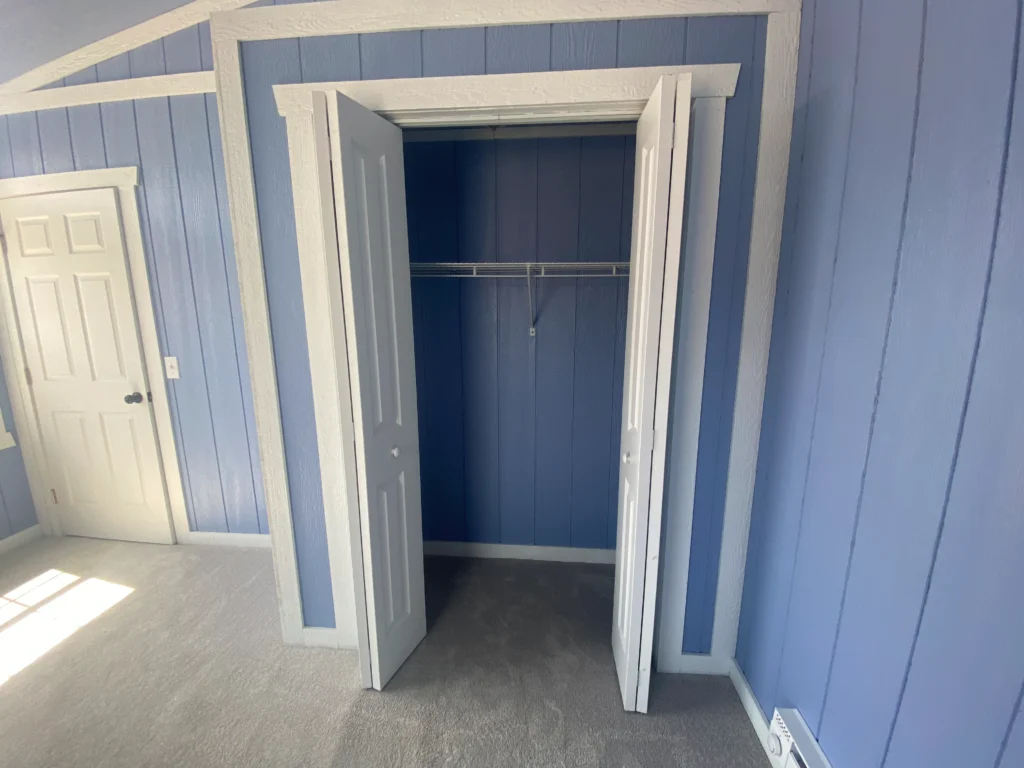
Treating Mold in Bathrooms and Basements
Bathrooms and basements are especially vulnerable due to their higher humidity levels. To get rid of mold on bathroom walls, improve ventilation by using an exhaust fan during and after showers. Wipe down walls regularly and repair any plumbing leaks promptly. In basements, check for foundation cracks or pooling water. Using a sump pump and applying waterproof sealants to the interior walls can help keep moisture out.
For recurring issues, applying a mold-resistant primer after cleaning can help prevent regrowth. The Centers for Disease Control and Prevention (CDC) recommends maintaining indoor humidity below 50% to limit mold growth in vulnerable areas.
Preventing Mold from Returning
Once you’ve learned how to get rid of mold on walls, the next step is prevention. Mold prevention requires managing moisture in your home year-round. Dehumidifiers are highly effective in Ohio’s humid summers, especially in basements or other low-ventilation spaces. During the winter, keep your home well-insulated to reduce condensation.
Regular home maintenance plays a big role. Check for roof leaks, plumbing issues, and blocked gutters that can cause water to seep into walls. Also, be mindful of indoor activities that produce moisture, such as cooking, bathing, and drying clothes. Good ventilation and airflow are crucial in managing these everyday humidity sources.
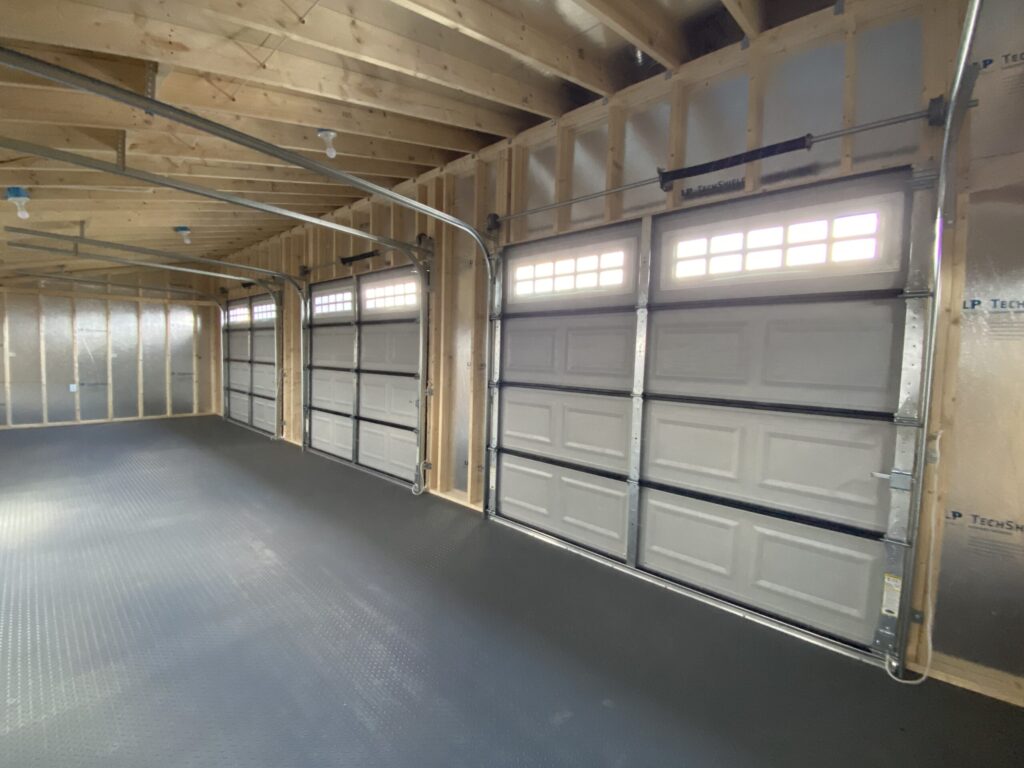
When to Call a Professional
In some situations, the best way to get rid of mold on walls is to call in a professional. If the affected area is larger than 10 square feet, or if the mold keeps returning despite repeated cleaning, you may be dealing with an underlying issue that requires expert attention. Companies that specialize in mold remediation can identify moisture sources, use advanced equipment to clean thoroughly, and restore affected materials.
Mold that has infiltrated structural components, such as studs or insulation, often signals a larger water problem. Delaying repairs can lead to costly damage and serious health risks. In regions of Ohio where homes are older or built with porous materials, a professional inspection may be the safest path forward.
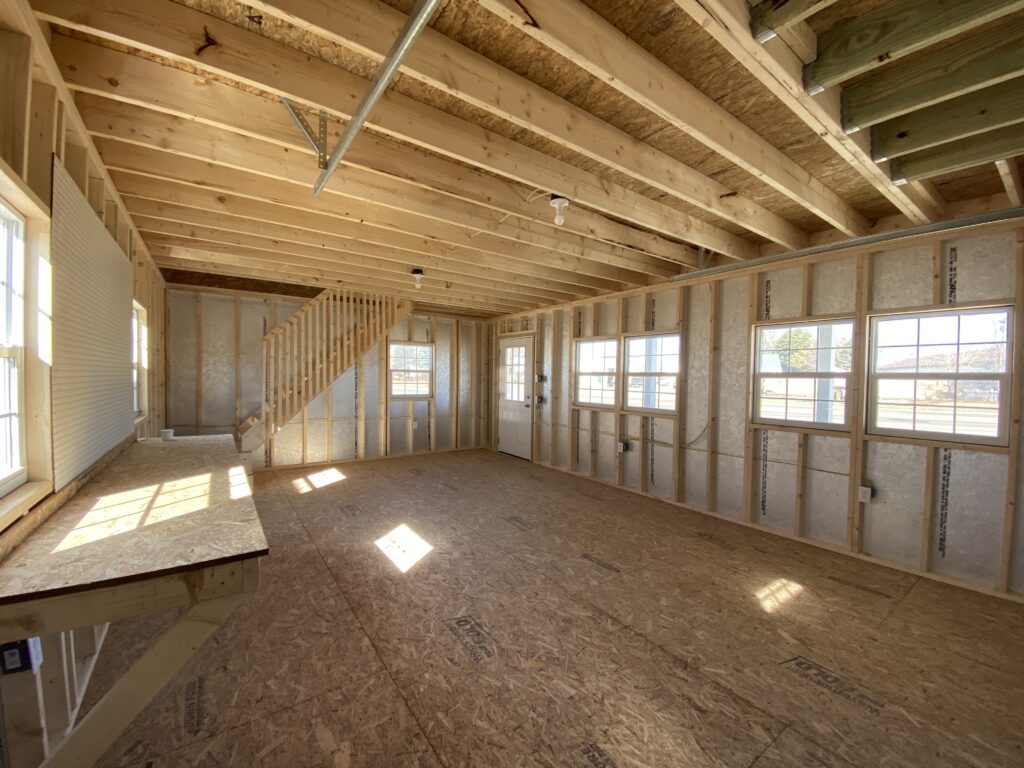
Conclusion
Learning how to get rid of mold on walls empowers homeowners to protect their living spaces from harmful contaminants. Mold is more than an aesthetic concern—it can signal deeper moisture problems and affect indoor air quality. Whether you’re maintaining a historic farmhouse in Amish Country or a modern home in suburban Cleveland, proactive mold management is essential.
For durable and health-conscious living spaces built to withstand Ohio’s seasonal extremes, Ohio Cabin And Structures offers expert craftsmanship and quality construction. Their team creates custom cabins that prioritize comfort, ventilation, and long-term value in every square foot.
